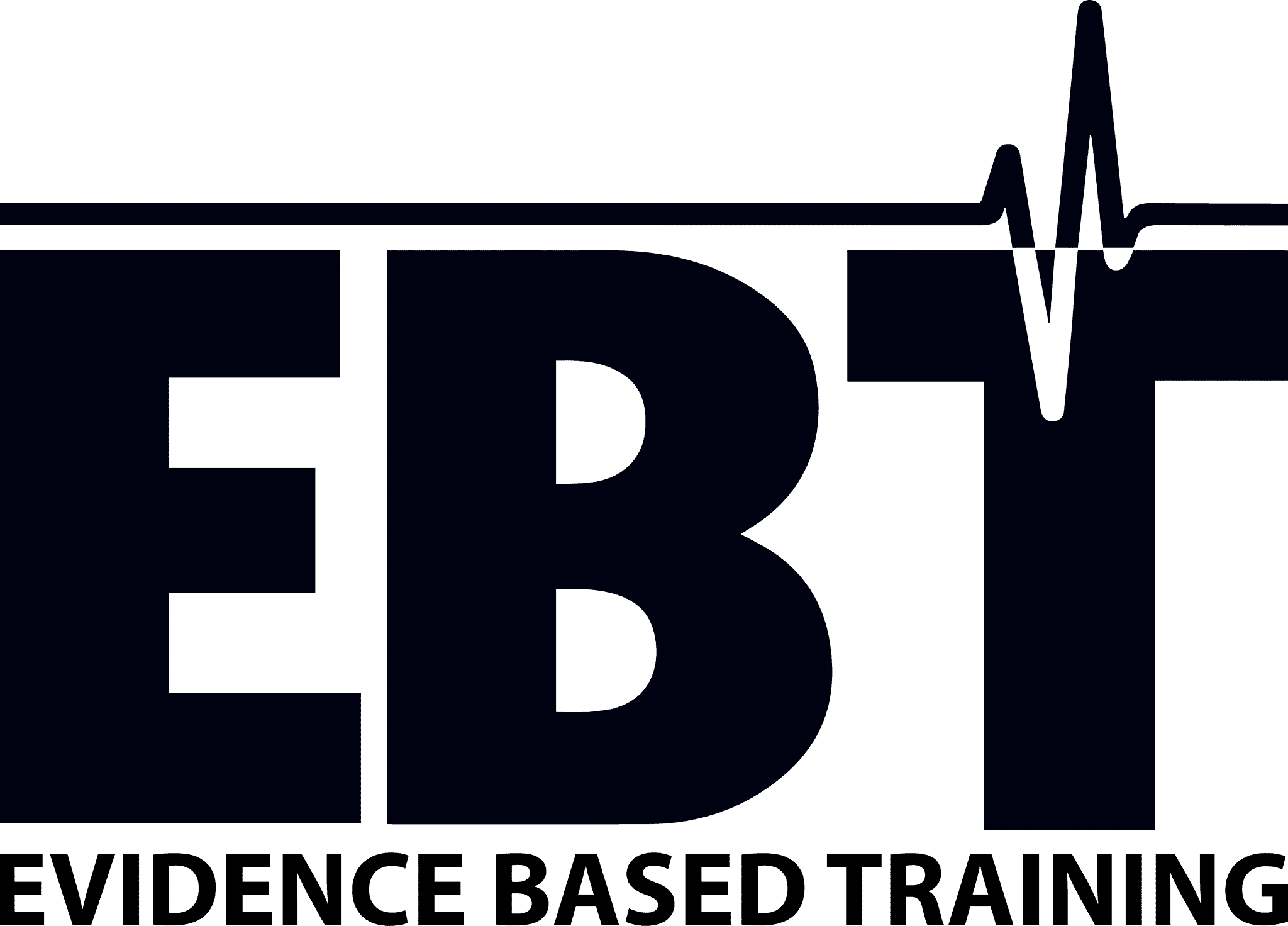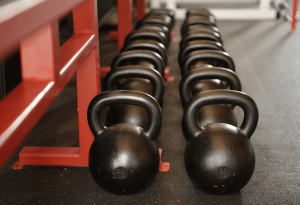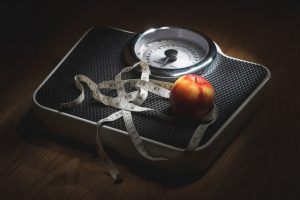Changes associated with normal aging increase nutritional risks for older adults. With aging, the human body loses its ability to keep inner balance (homeostatic control) and organs decrease in functioning quality. The elderly body needs less calories as it uses less energy, but lack of appetite can still lead to weight loss and malnutrition. So what do you need to keep in mind as you approach the older years (age 60 and above)?
Data from studies with older patients states that up to 71% are at risk of malnutrition, and with it loss of muscle mass and weaker bones, which making peoples’ lives even more difficult. Compared to young people, undernutrition in the elderly has big impact on physical activity, length of hospitalization, and disease outcomes.
As dietary protein intake is associated with muscle and bone metabolism, it may be that that older people need more protein in their diets compared to younger people. Even though there are a few meta-analyses that have shown benefits of high protein intake on the health of older adults, the impact was too small to be significantly important. Whey protein, essential amino acid supplements and HMB haven’t shown significant results on muscle mass or strength when provided in a context WITHOUT exercise.
Protein is essential
Protein becomes more important when elderly engage in physical activity, though. Data shows that older individuals should consume protein after exercise to maximally increase nitrogen balance and promote muscle repair and hypertrophy. Older people should also make sure to get enough vitamins and minerals in their diet: especially vitamin D and vitamin B12 since these are absorbed less well as we get older.
The clinical guidelines of UptoDate recommends dietary interventions to go hand in hand with other health promoting activities like as physical exercise and social activity. It has been proven that constant physical activity is one of the most effective ways of preventing fractures, decreasing insulin sensitivity, decreasing muscle and joint pain and other health problems in older adults.
To sum up, high protein diet without physical activity has questionable benefits in older generation therefore they should be integrated together with regular exercise, nutritious diet and psychological well-being.
Sources:
- Christine Ritchie, MD, MSPH,Michi Yukawa, MD, MPH Geriatric nutrition: Nutritional issues in older adults Literature review current through: Dec 2017.
- doi: 10.1097/MCO.0b013e328331c70
- doi: 10.1007/s12603-017-0934-z.
- doi: 10.1111/j.1469-7793.2001.00301.x









